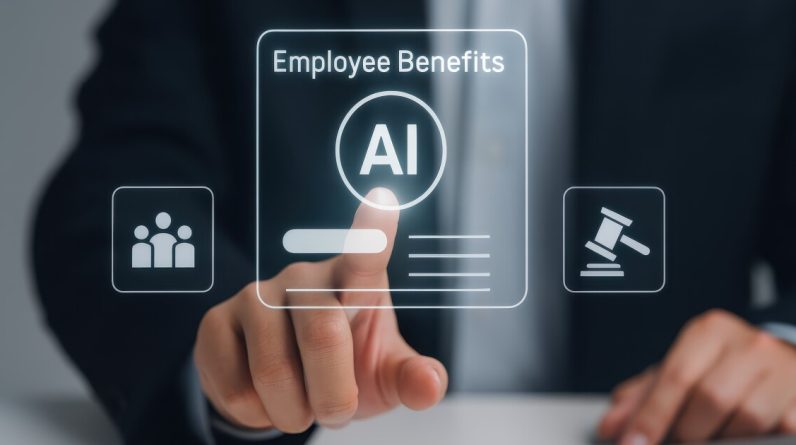
As industries race towards full automation, 2025 is emerging as a defining year for industrial transformation, with artificial intelligence (AI)-driven systems, cloud-powered analytics and ultra-fast connectivity all converging to reshape factory operations and optimise supply chains, says a study by Frost & Sullivan (F&S).
In drawing up a list of imperatives reshaping industrial automation, the analyst not surprisingly highlighted the effects of AI in driving zero downtime, a business priority. These advancements are not just improving efficiency – they are redefining manufacturing strategies, fostering innovation and creating new competitive advantages.
The eight advancements comprise establishing global automation hubs for cross-industry synergy; elevating machine vision with AI-powered quality control; embedding AI-driven predictive maintenance for zero downtime; supercharging cloud-based automation with advanced data analytics; creating multipurpose industrial robots for higher adaptability; optimising supply chains with real-time data analytics; strengthening industrial communication with 5G connectivity; and evolving manufacturing with digital twins and autonomous production lines.
Drilling deeper, the analyst notes that automation hubs are emerging as powerhouses of industrial collaboration, bringing together key sectors such as manufacturing, industrial engineering, IT and power management. These hubs, it says, can unite companies, governments and researchers to develop “cutting-edge” automation services, standardise best practices and accelerate the deployment of next-generation robotics.
Assessing the disruptive technologies, F&S highlights that AI-driven machine vision is revolutionising quality control, detecting microscopic defects with unmatched precision across automotive, electronics and pharmaceutical industries. However, for ecosystem players, it says this shift demands investments in AI-powered inspection, system upgrades and intelligent automation to stay competitive.
Factories were also seen as eliminating costly unplanned shutdowns with AI-driven predictive maintenance. Smart sensors and AI algorithms are increasingly used to analyse real-time equipment performance, predicting failures before they occur. This shift could extend machinery lifespan, cutting repair costs and ensuring uninterrupted production cycles.
As regards transformative megatrends, cloud-powered automation platforms are seen as having the potential to no less than revolutionise industrial efficiency by centralising robotics, AI and internet of things (IoT) data. The real-time insights provided by these systems can allow manufacturers to optimise operations, track performance remotely and scale automation with agility. As cloud ecosystems evolve, F&S sees the focus shifting towards edge-cloud integration, AI-driven analytics and cyber security enhancements enabling smarter, faster and more secure industrial automation.
Predictive analytics are seen as making supply chains smarter. F&S notes that AI-driven forecasting is reducing inefficiencies, preventing stock shortages and ensuring just-in-time deliveries. The report stresses that businesses are using real-time insights to make their logistics networks more agile, cost-effective and resilient to disruptions.
Similarly, 5G technology is unlocking ultra-fast, real-time industrial communication, leading to robots, IoT devices and cloud systems now operating with near-zero latency, enabling hyper-efficient factory synchronisation. F&S says this “game-changing” connectivity is driving unprecedented levels of automation, precision and scalability.
Concluding, the report observes that while AI-driven automation is indeed transforming factories, digital twins take it further by creating virtual replicas for real-time simulation, predictive maintenance and process optimisation. This fusion of smart production and digital modelling is now, says F&S, slashing lead times, enhancing efficiency and boosting operational resilience.
“The industrial automation revolution isn’t just unfolding – it’s accelerating,” says F&S content innovation manager Priyajeet Surana. “Companies that are embracing AI-driven precision, cloud automation and 5G-powered connectivity are leading the next era of manufacturing. The future of Industry 4.0 belongs to innovators.”






